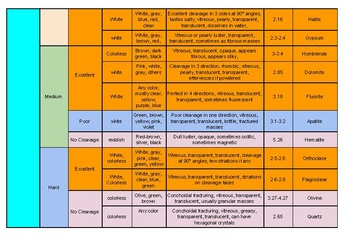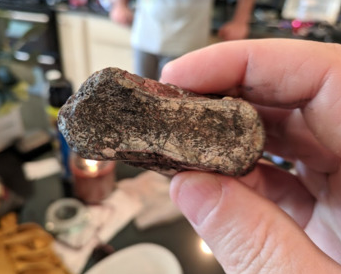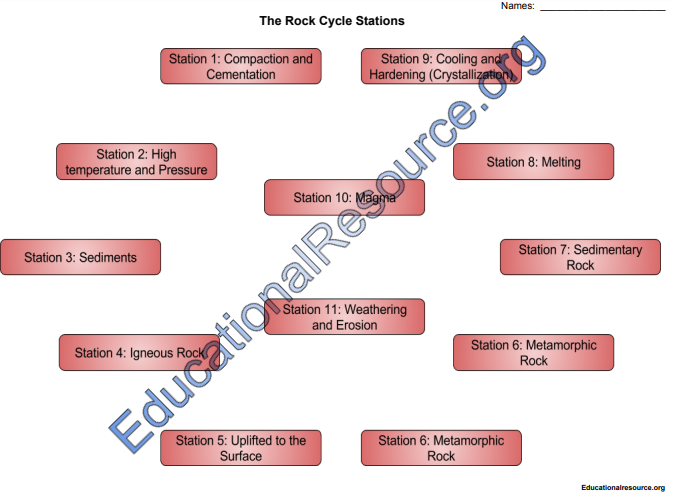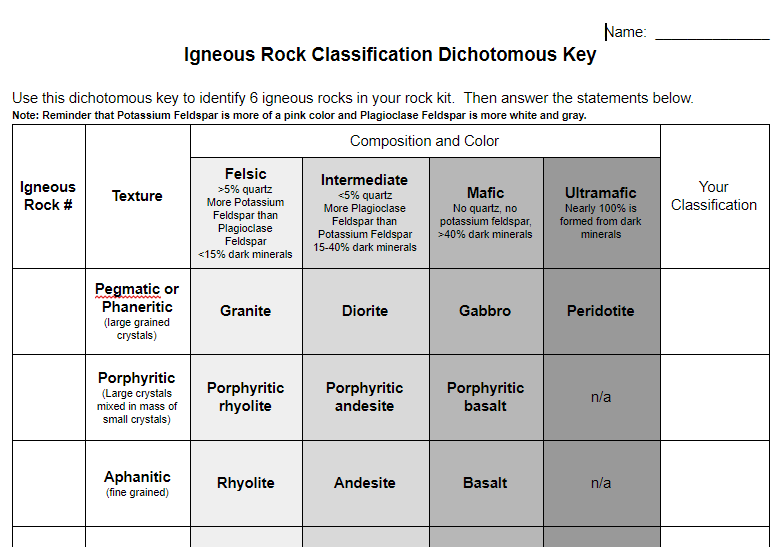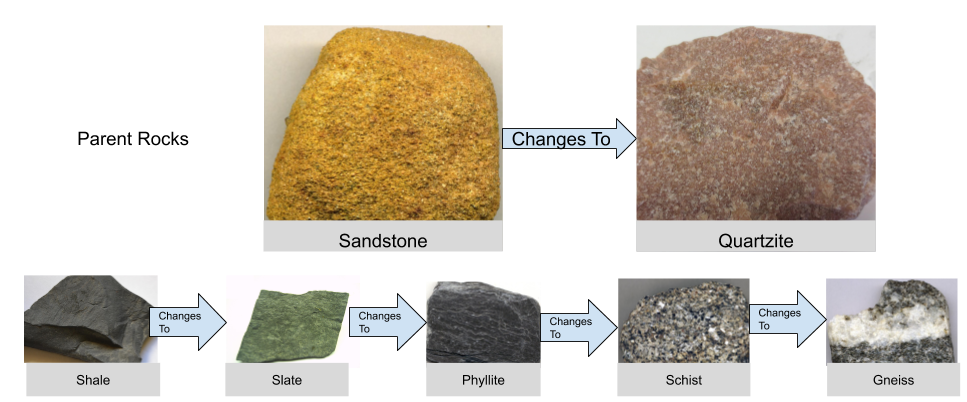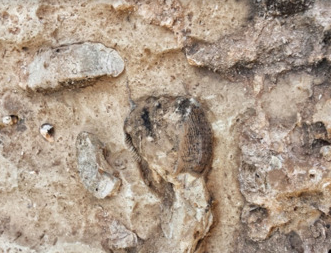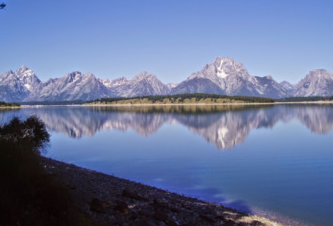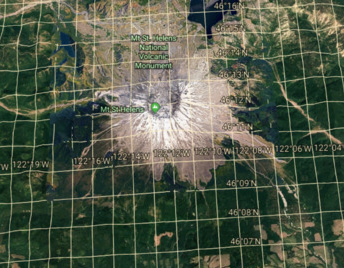A Mineral or not a Mineral Lab
Image
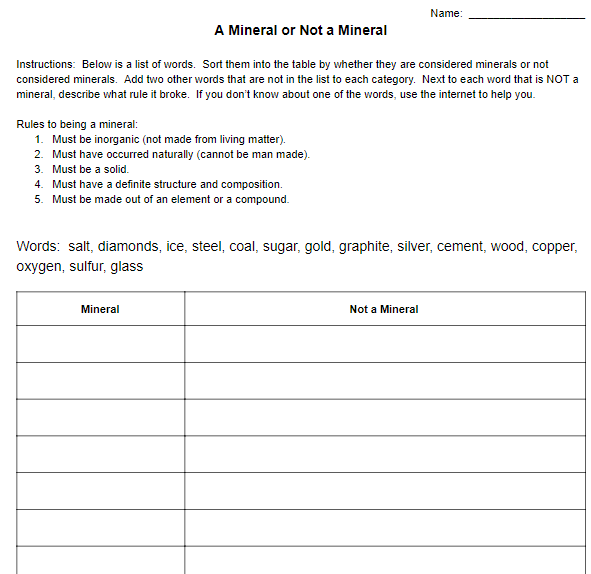
Use this assignment to help students understand the difference between a mineral and other objects that they might think are minerals. The activity doesn't take long but when you are discussing what a mineral actually is, this assignment gives your students practice. Students have a list of words that they need to sort into columns. One column is for minerals, the other column is for non-minerals. If they place an object into the non-mineral section they need to justify which rule was broken.

